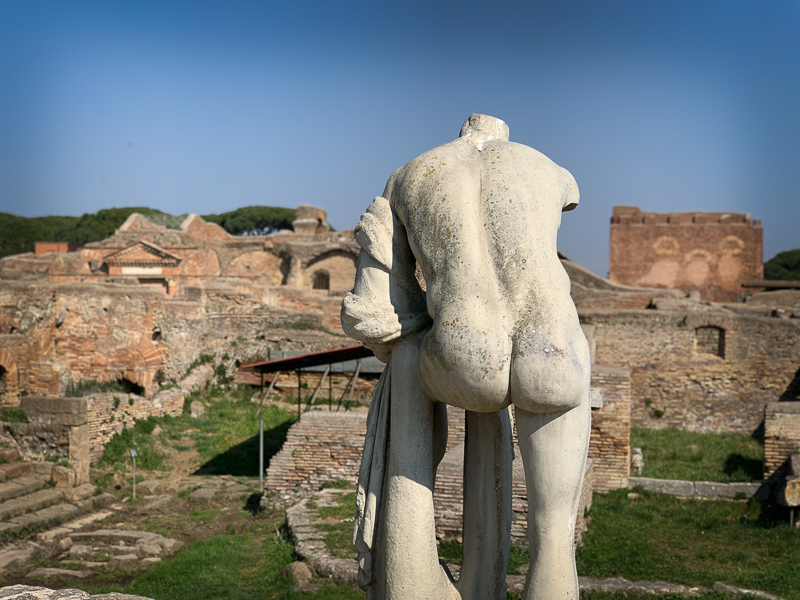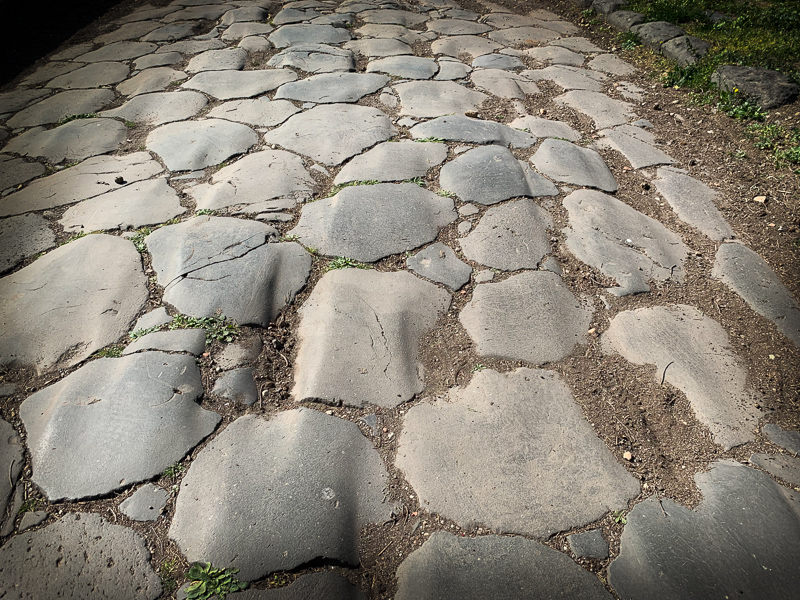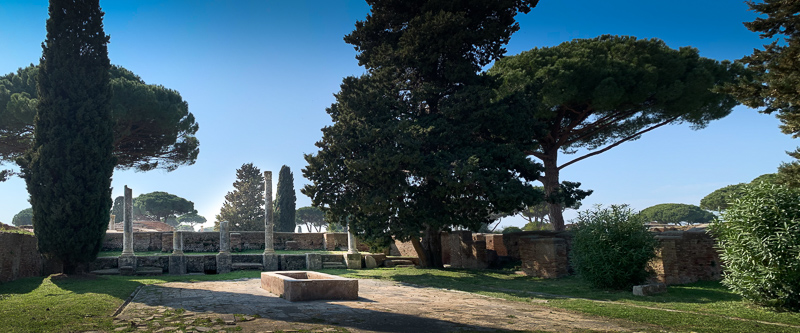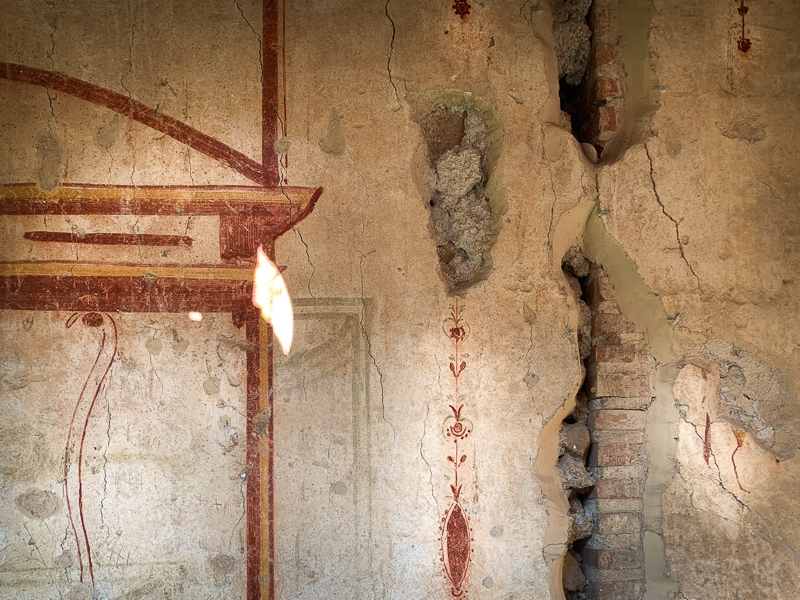
My new favorite thing in Rome: Ostia Antica
Every so often Italy offers up something that takes my breath away. Ostia Antica is near the top of that list. This archeological site near Rome is huge, almost empty of tourists, gorgeous, and compellingly, unnervingly revealing of little human details of the 100,000 people who lived there in its prime, in the 2nd and 3rd centuries A.D.

Things like this bar, at the intersection of two major streets, with a mosaic floor angled towards the front door that roughly translates “Fortunatus’s Place. You know you’re thirsty — come on in and drink.”

The streets still bear the marks of the carts which passed over 2,000 years ago.

Ostia Antica was founded sometime between 700 to 400 B.C. as Rome’s port at the mouth of the Tiber. It thrived for several hundred years and then fell into ruin at the end of the Empire. The city was silted over after that, preserving it. It’s over 80 acres and only about 2/3 is excavated. I walked for hours, passing only a handful of people.

I found it humbling. It’s beautiful and sophisticated with everything a city needed: forum, baths, temples, theaters, fire and police departments with barracks, markets, guildhalls, factories, warehouses, shops with living quarters over them, and homes, both grand and modest. The city was originally five stories and there are still staircases that ascend into nothingness. The balance and harmony of the public spaces and private buildings certainly beat what I see being created today.

Little details reveal themselves everywhere. The mosaics are diverse and abundant. (I found a good collection of photos of mosaics here.) There are still remnants of decorative frescoes in some of the homes.

The site is not too hard to get to from central Rome—you can even get there on the Metro because Mussolini believed that the Romans all needed easy access to the sea, so the line was extended to the coast. It is also just a few kilometers from Rome’s main airport, Fiumicino. In case you’d like more information I found an article in the New York Times about Ostia Antica that was interesting.
Trust me, go. And for more ideas about things to do in Rome after you’ve visited the main sites, here’s an article with other places I love.






No Comments